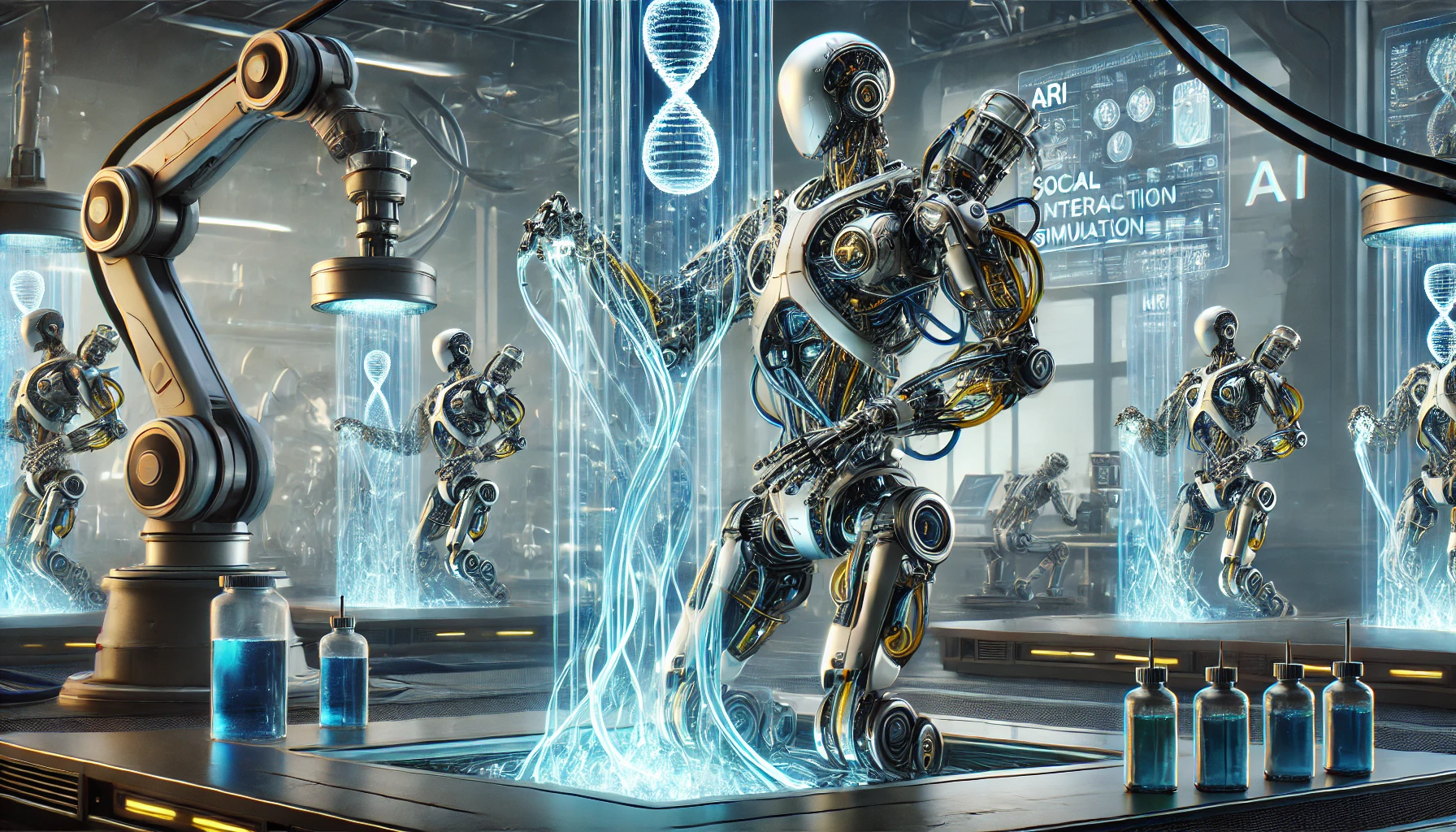Fluid-Powered Robots: The Future is Liquid, Not Electric

Introduction to Fluid-Powered Robotics
Imagine a world where robots don't need wires or electricity to operate. Welcome to the future, where fluid-powered robots are making waves—literally! Research from King's College London has created a breakthrough in robotics, using fluid pressure circuits to power machines. This innovation is set to free up space for smarter, more efficient robots that can focus on complex tasks like artificial intelligence-driven social interactions and highly dexterous operations.
How Fluid-Powered Robotics Work
You might be wondering, 'What exactly are fluid-powered robots?' The concept is simple but genius. Instead of traditional electricity flowing through every part of a robot's body, certain components are powered by pressurized fluids. Think of it as a hydraulic system on steroids! By eliminating the need for electrical power in some areas, more computational power can be dedicated to AI, making these robots not just stronger but also smarter. They can now handle tasks that require both brains and brawn, which is a game-changer.
Why This Matters: Freeing Space for Smarter AI
One of the biggest challenges in robotics today is the balance between power and computation. Robots that do heavy lifting or perform delicate tasks often need a ton of computing power. But here’s the kicker: more computing power usually means more electricity is needed. Enter fluid-powered robots. By powering some parts with fluids, robots can allocate more of their precious battery juice to their 'brain'—the AI systems driving their actions. This opens the door to robots that can perform tasks that were previously unimaginable.
Applications in Hazardous Environments
Robots that can operate without relying on electricity in certain parts are particularly useful in hazardous environments. Picture this: a robot working in a high-radiation area, where traditional electronics would fry faster than you can say 'meltdown.' Or an MRI-sensitive zone, where even the smallest electromagnetic interference could cause chaos. Fluid-powered robots could be the perfect solution for these challenging conditions, allowing for safer, more efficient operations in places humans fear to tread.
The Future of Fluid-Powered Robotics
While the technology is still in its early stages, the potential is enormous. As fluid-powered systems become more refined, we could see robots doing everything from performing surgery to rescuing people from disaster zones—all without the limitations imposed by traditional electrical systems. And the best part? By freeing up space for smarter AI, these robots are only going to get more intelligent. This could revolutionize fields like healthcare, space exploration, and even the way we interact with technology in our daily lives.
Is This the End of Electric-Powered Robots?
Not quite. While fluid-powered robots offer many benefits, they won’t completely replace electric-powered systems anytime soon. However, the two could complement each other perfectly. Imagine a future where robots use a combination of fluid and electric power, optimizing both strength and intelligence. It’s the best of both worlds, and the results could be nothing short of spectacular.
Conclusion: What’s Next for Robotics?
The future of robotics is looking brighter—and more fluid—than ever. As research continues to push the boundaries of what’s possible, we could soon see robots that are not only more efficient but also capable of solving some of the world’s most complex problems. So, what do you think? Will fluid-powered robots take over the world, or will electricity remain the dominant force in robotics? Only time will tell, but one thing is certain: the robotics revolution is just getting started. Are you ready?



